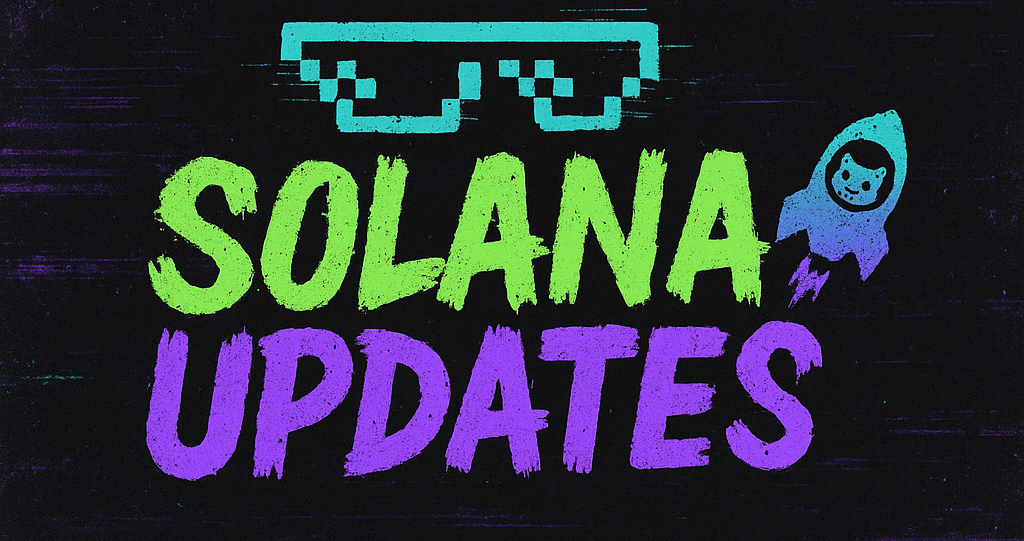Ethereum Developer Proposes Halving Slot Times to Boost Network Efficiency
In an exciting development for the Ethereum community, core developer Barnabé Monnot has proposed a significant change to the network’s structure: halving the slot times to just six seconds, effectively doubling the number of blocks produced. This proposal, if implemented, could dramatically enhance the efficiency of decentralized finance (DeFi) operations and improve user experiences across the Ethereum network.
The idea of reducing slot times from the current twelve seconds to six seconds is aimed at minimizing confirmation delays, a common bottleneck in blockchain transactions. By accelerating how quickly blocks are validated and added to the chain, Monnot believes that Ethereum can better meet the increasing demands of its users, particularly those involved in time-sensitive DeFi activities.
Enhancing DeFi Efficiency
DeFi platforms have exploded in popularity, but their success has also highlighted the limitations of existing blockchain infrastructures. High transaction volumes often lead to congestion, resulting in slower processing times and increased fees. By halving slot times, the Ethereum network could potentially alleviate these issues, providing a more seamless and cost-effective experience for users and developers alike.
“The move to six-second slot times is not just about speed; it’s about creating a more resilient and scalable network,” Monnot explained. “The faster block production means transactions are confirmed more quickly, reducing the time users spend waiting and decreasing the likelihood of transaction failures due to network congestion.”
Technical Considerations and Challenges
While the benefits of this proposal are clear, implementing such a change is not without its challenges. Transitioning to a six-second slot time would require substantial modifications to Ethereum’s consensus mechanism and its underlying infrastructure. This could entail rigorous testing and phased implementation to ensure network stability and security are not compromised.
Additionally, developers would need to consider the implications for network validators, who are responsible for block production and transaction confirmation. More frequent block creation could increase the computational demands on these validators, necessitating technical upgrades and adjustments to ensure they can handle the increased workload.
Community and Developer Reactions
The Ethereum community has shown a keen interest in Monnot’s proposal, with many expressing optimism about the potential improvements in network performance. However, some stakeholders have raised questions about the long-term sustainability of such rapid block times and the potential impact on network decentralization.
Despite these concerns, the proposal aligns with Ethereum’s broader goals of scaling and enhancing network efficiency. As discussions continue, it will be crucial for developers, validators, and the wider community to collaborate closely to address these challenges and reach a consensus on the best path forward.
Conclusion
As Ethereum continues to evolve, proposals like Monnot’s offer a glimpse into the future of blockchain technology. By pushing the boundaries of what’s possible, Ethereum aims to remain at the forefront of the decentralized ecosystem, providing innovative solutions to meet the growing needs of its users. Whether Monnot’s proposal will be adopted remains to be seen, but it undoubtedly sparks an important conversation about the future direction of one of the world’s leading blockchain networks.
🛒 Recommended Product: Check out top-rated crypto gear on Amazon


